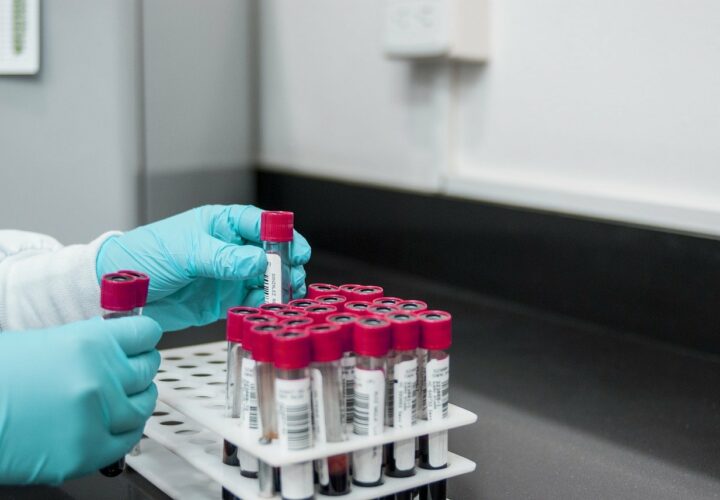Is Alzheimer’s preventable? Dr. Stephen Salloway shares how new diagnostic tools are helping scientists answer this question.
Scientists have their eyes set on spotting Alzheimer’s early. The earlier the disease can be diagnosed, the better the chance that a combination of lifestyle changes and drug treatments could help with slowing, delaying or preventing Alzheimer’s, scientists believe.
At an Alzheimer’s Association research symposium in December, Dr. Stephen Salloway, director of Butler Hospital’s Memory and Aging Program, said new diagnostic technology is able to detect Alzheimer’s-related brain changes much earlier — and even before symptoms even appear. This opens up new worlds of possibility when it comes to recruiting the candidates for clinical trials.
“Previously, we were treating patients in clinical trials who had dementia, which we now think is a later stage of Alzheimer’s,” Salloway said. “Now, we can detect changes in the brain at an earlier stage, when they have what’s called mild cognitive impairment, or MCI, and even before there’s any memory loss. We call [that] preclinical Alzheimer’s disease.”
There is a field-wide shift in focus, with research prioritizing ways to treat the disease earlier, he added. “That’s what we do with most major diseases,” he said. “We want to do the same thing with Alzheimer’s.”
Preventing Alzheimer’s through early diagnosis
Researchers have offered various reasons for Alzheimer’s clinical trials’ dismal failure rate, one of which is that experimental drugs are administered too late in the course of the disease. So, clinical trials are turning toward testing disease-modifying therapies early on in Alzheimer’s, leveraging diagnostic tools that can accurately detect the pathology of the disease, instead of screening candidates for symptoms. Positron emission tomography (PET) scans can measure levels of amyloid plaques and tau tangles, Alzheimer’s biomarkers, in the brain; lumbar punctures, also known as spinal taps, are able to detect amyloid and tau levels. But these tests come with some downsides, too: PET scans are costly, and drawing cerebrospinal fluid with a lumbar puncture is invasive.
Accordingly, scientists are developing more affordable, more accessible ways to spot the pathology, some as simple as a few-minute saliva swab, eye scan or blood draw. The latter of these is already being put into use in developing Alzheimer’s drugs, helping to suss out healthy participants who carry Alzheimer’s biomarkers — beta-amyloid and tau proteins. The AHEAD study for lecanemab is deploying an amyloid blood test to help screen for participants. Another study, TRAILBLAZER-3 for donanemab, plans to implement a tau blood test. The research community believes that these simpler tests are tackling two of Alzheimer’s research’s biggest challenges: trial enrollment shortages and the lack of diversity in research.
Through early detection, Salloway envisions a future of Alzheimer’s therapy where people can age well for as long as they’re alive through lifestyle modifications and drugs targeting various pathways like amyloid, tau and inflammation.



